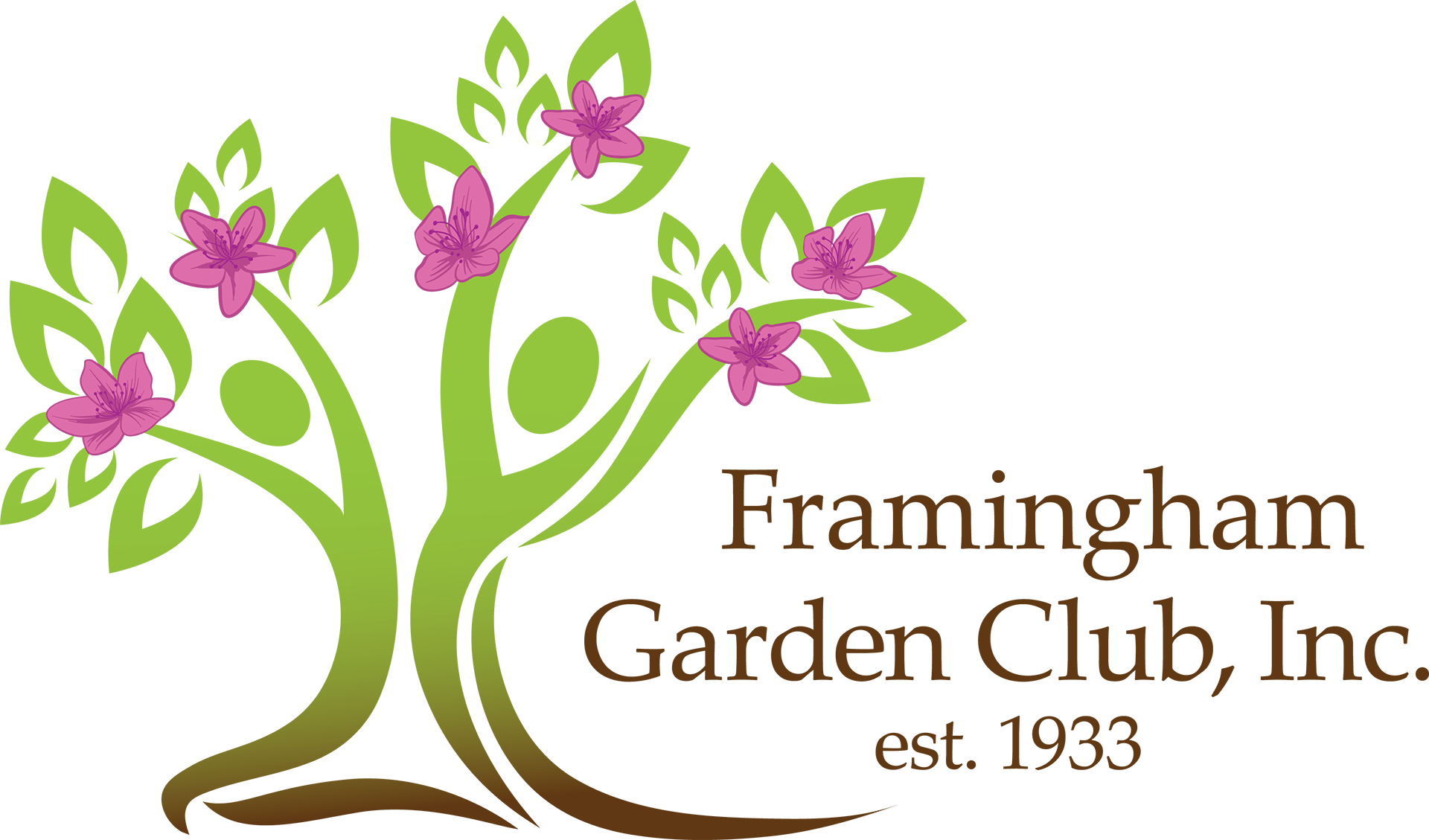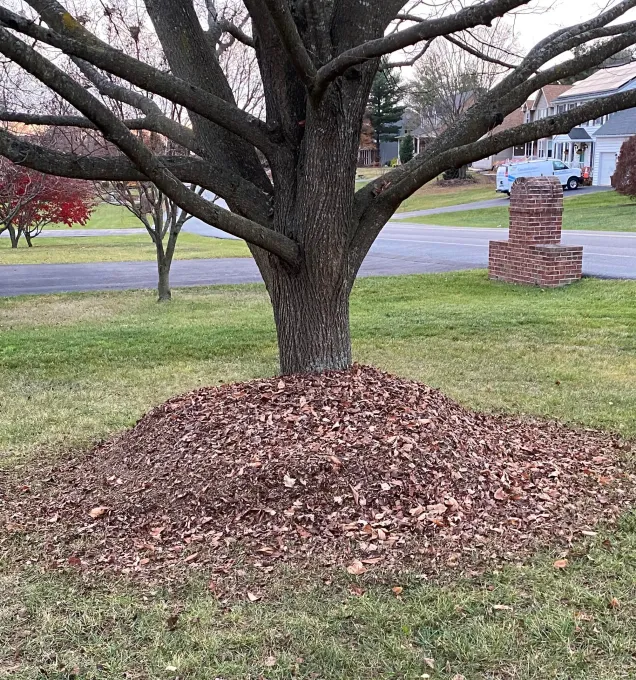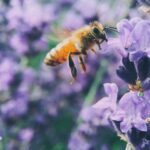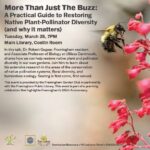Let’s Talk About Mulching
Recently, I invested quite a bit in having aged hemlock mulch applied to my front gardens. My goals were simple: suppress weeds, retain moisture, and give the beds a tidy, refreshed appearance. And at first glance—it looked beautiful. Until I started seeing weeds popping through just a few days later.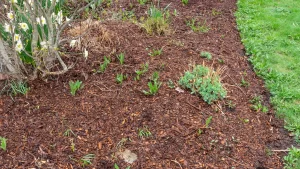
Mistake #1: Not enough coverage
It turns out the mulch had been applied too sparsely in quite a few areas. Some areas had a proper 2–3 inch layer, while others were barely covered with an inch. Insufficient coverage defeats the purpose of mulching. When done properly, mulch helps:
- Regulate soil temperature
- Conserve soil moisture
- Suppress weed growth
When done poorly, it’s ineffective, wasteful, and at times even harmful – see Mistake #2.
Mistake #2: Volcano Mulching
Another widespread mistake I noticed? Mulch piled directly against the base of my shrubs, trees and perennials. This is often called volcano mulching.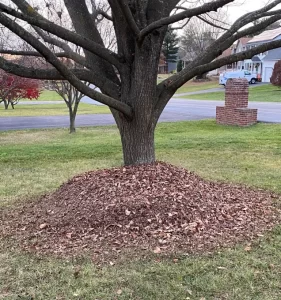
This might look neat at first, but it can cause real damage. Piling mulch up against trunks or stems traps moisture and creates a warm, damp environment—ideal conditions for:
- Fungal diseases
- Stem and trunk rot
- Burrowing insects and rodents
Trees need their root flare exposed, and all plants need airflow at their base. I once lost a valuable Japanese Maple after its trunk was buried in mulch for several years.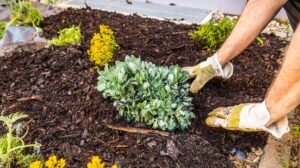
To prevent this from happening again, I spent the better part of a day scraping mulch away from the base of my plants to correct the issue.
A Lesson for Next Time
Next time I have someone else mulch the garden, I’ll be sure to share these basic best practices before they start. Because mulching isn’t just about looking good for a few days.
💡 Bonus Tip: Free Wood Chips!
Did you know you can often get mulch for free? Visit ChipDrop to request a free load of wood chips from local arborists. I’ve done it twice—just be prepared for a very large pile!
